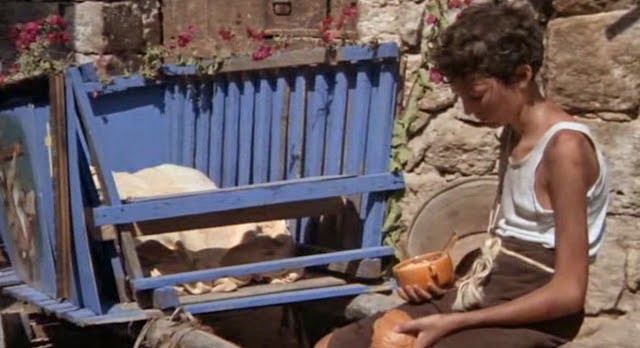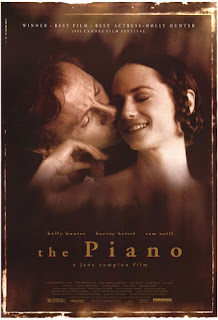November 11th: THE BIG RED ONE: THE RECONSTRUCTION (Samuel Fuller 1980/2004)
The World War II experience of the young members of a platoon and their cynical veteran sergeant in the 1st Infantry Division.
Writer-director Samuel Fuller was a paperboy at a young age, then made his way up the journalistic ladder to typesetter and eventually crime reporter. A new career as a pulp novelist followed, and was cut short when Fuller enlisted in the army directly after the bombing of Pearl Harbor.
Fuller found himself in what would become World War II's most famous fighting ensemble--the 1st Infantry Division (known as The Big Red One), a group that landed at Omaha Beach on D-Day, fought in North Africa, Italy, and across Europe, where they liberated the concentration camp at Falkenau.
Fuller began working in Hollywood after the war, initially as a screenwriter, then as director and eventual producer. A long-term deal with Fox studio head Darryl F. Zanuck gave him an unusual amount of freedom, where he explored increasingly taboo subjects, until he became an independent filmmaker in the early 60s.
Despite making a handful of war films over the years, it wasn't until the late 1970s that Fuller would depict his own extensive experience as a soldier, his dream project aborted at various times due to studio politics. While working with his largest budget to date, Fuller nonetheless had to compromise by filming his epic in stand-in locations like Ireland, Israel, and California.
The cast is headed by Oscar-winner and iconic tough guy Lee Marvin, himself a former WWII marine. Also starring is Mark Hamill (fresh off his Star Wars breakthrough) and Robert Carradine (Revenge Of The Nerds) as Fuller's alter ego.
Fuller submitted cuts of two different lengths to the producers, who rejected both and created their own edit. Despite their interference, the film premiered at the Cannes Film Festival and received positive reviews.
In the early 2000s, film critic Richard Schickel collaborated with Fuller's widow on restoring many cut scenes with an effort to follow the director's original editing intentions. "The Reconstruction" fleshes out the story with many unique details as well as creating a more meditative, reflective quality.










Comments
Post a Comment